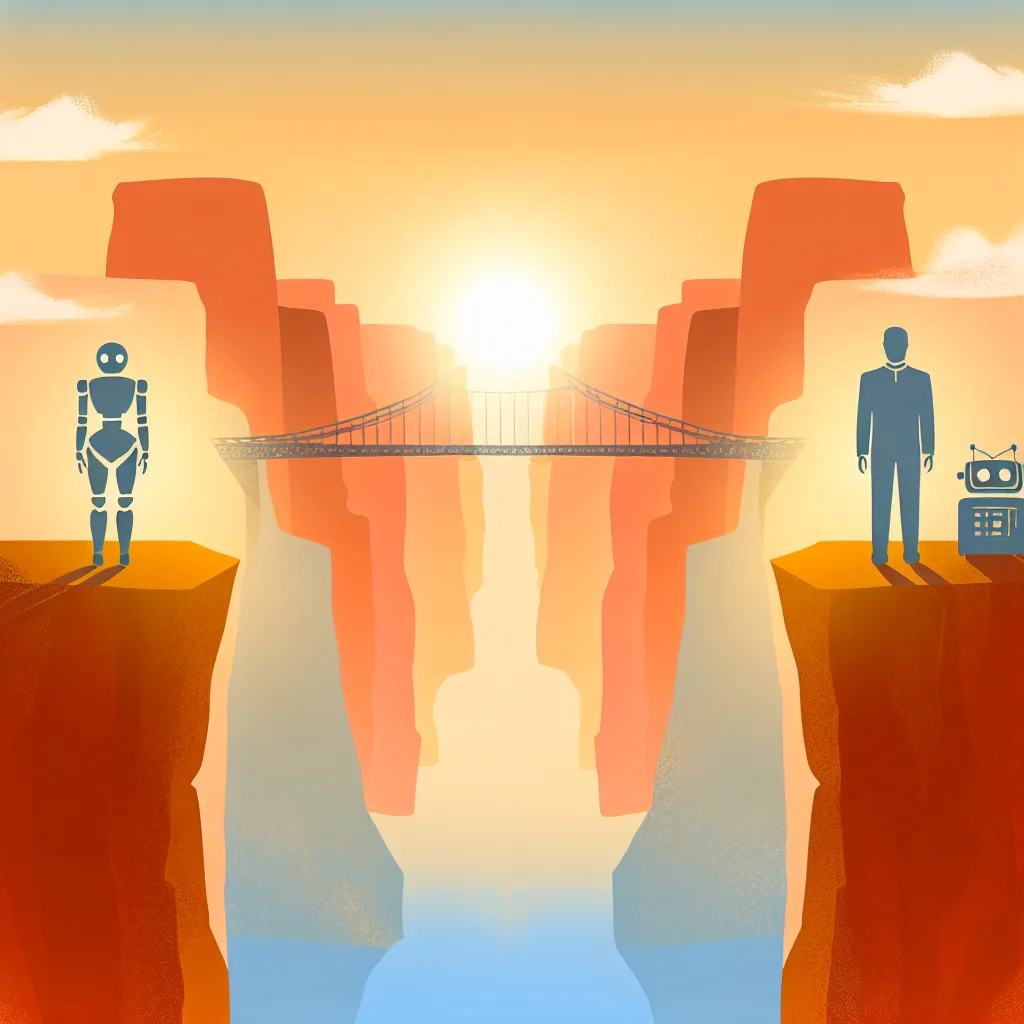Why smart design matters in how AI automates and collaborates
Artificial Intelligence is such a wide-ranging topic these days that it’s easy to get lost in the hype or fears about what it will or won’t do in the near future. But there’s a smarter way of looking at it — one that focuses on how we design and use AI rather than imagining it as a single magic bullet or a strict job stealer. I like to call it rethinking AI.
The truth is, AI doesn’t neatly fit into just one role. It’s not simply about automation, which means teaching machines to do tasks with little or no human help. Nor is it only about collaboration, where AI teams up with humans to improve outcomes. Instead, AI can do either — sometimes both — but never both at the exact same time for the same task.
Why Rethinking AI Matters: Automation vs. Collaboration
A lot of people think the future of work will be about automating everything possible. That means machines take over all the routine tasks, and humans do the rest. Simple, right? But this can backfire if the automation isn’t quite perfect. Imagine trying to leap across a wide canyon—you might jump halfway and then realize you’re stuck. That’s similar to what happens with imperfect automation: it doesn’t get us really closer to the goal and often causes more problems than it solves.
Instead, think of AI as either building a bridge across that canyon or taking a slow, thoughtful path around it. This means designing AI tools that either fully automate some tasks or carefully collaborate with humans on others, but not both at once. For example, your car’s transmission might be fully automatic, but its safety features work alongside you, the driver, to help avoid accidents source.
Real-World AI: When Does It Automate or Collaborate?
There are plenty of examples where AI clearly takes the steering wheel. Automated spell checkers in word processors are a small case — they handle routine corrections without human input. But when it comes to bigger decisions or complicated problems, AI works best when it joins forces with experts. This collaboration boosts both the machine’s processing power and the human’s insight.
But there’s a catch. Bad automation can also make bad collaborators. If the AI tool is unreliable, it doesn’t just fail at replacing humans; it can actively get in the way, confusing or distracting the person it’s supposed to help. So, the goal with rethinking AI is to design tools that are either great at automation or great partners in collaboration—not mediocre at both.
Looking Ahead: The Next Decade of AI
The next few years probably won’t see AI suddenly mastering every task perfectly. But that’s okay. The key is slow and steady progress by creating AI that serves humans well, whether as an automated helper or a collaborative partner. This approach avoids chasing an impossible leap across the canyon and instead takes us on a safer journey.
For a deeper dive into the thoughtful design of AI and its future impact on society, check out this insightful article by The Atlantic here.
Also, if you’re curious about the broad ethical and economic questions AI raises, the McKinsey Global Institute has some comprehensive research worth exploring see more.
Rethinking AI means seeing it as a tool that can either work independently or alongside us—and that understanding is crucial to making smart choices about technology in our everyday lives. So the next time you hear about AI jumping to solve everything, remember there’s often a wiser, more careful path bridging the gap.
P.S. If you’re interested in how AI features blend both automation and collaboration, take a look at how smart assistants like Siri and Alexa work to support users without fully replacing them Apple’s AI overview.
